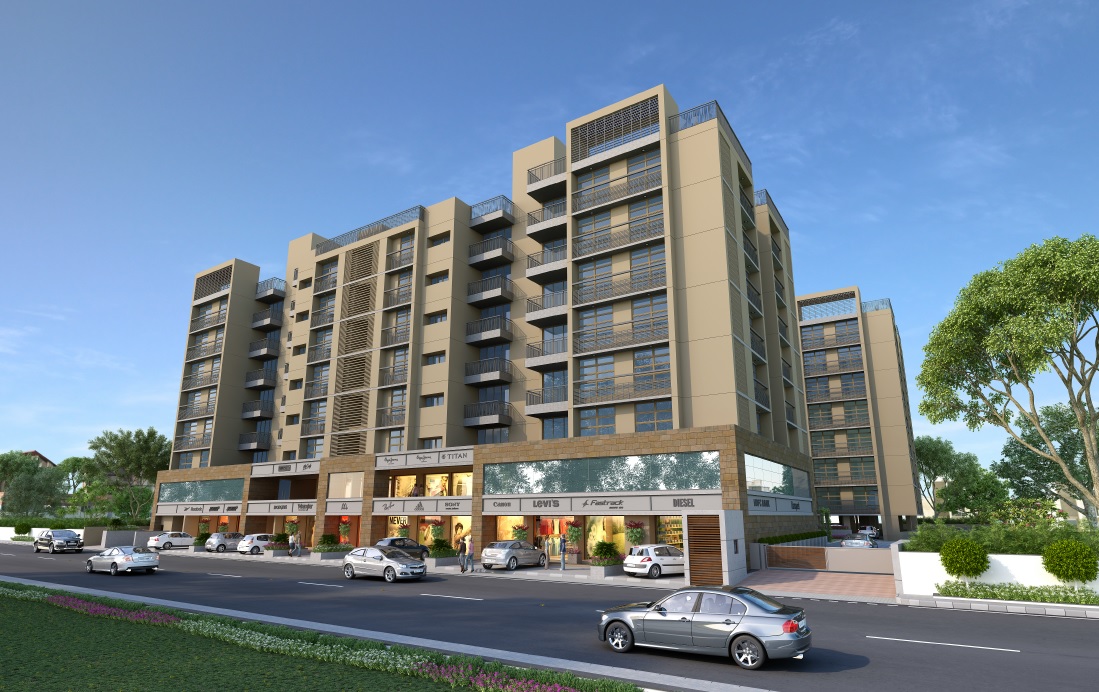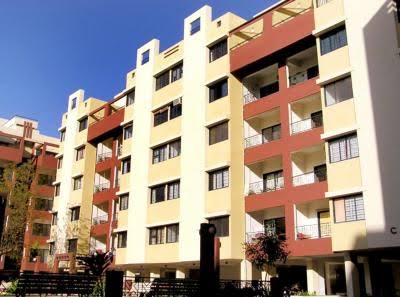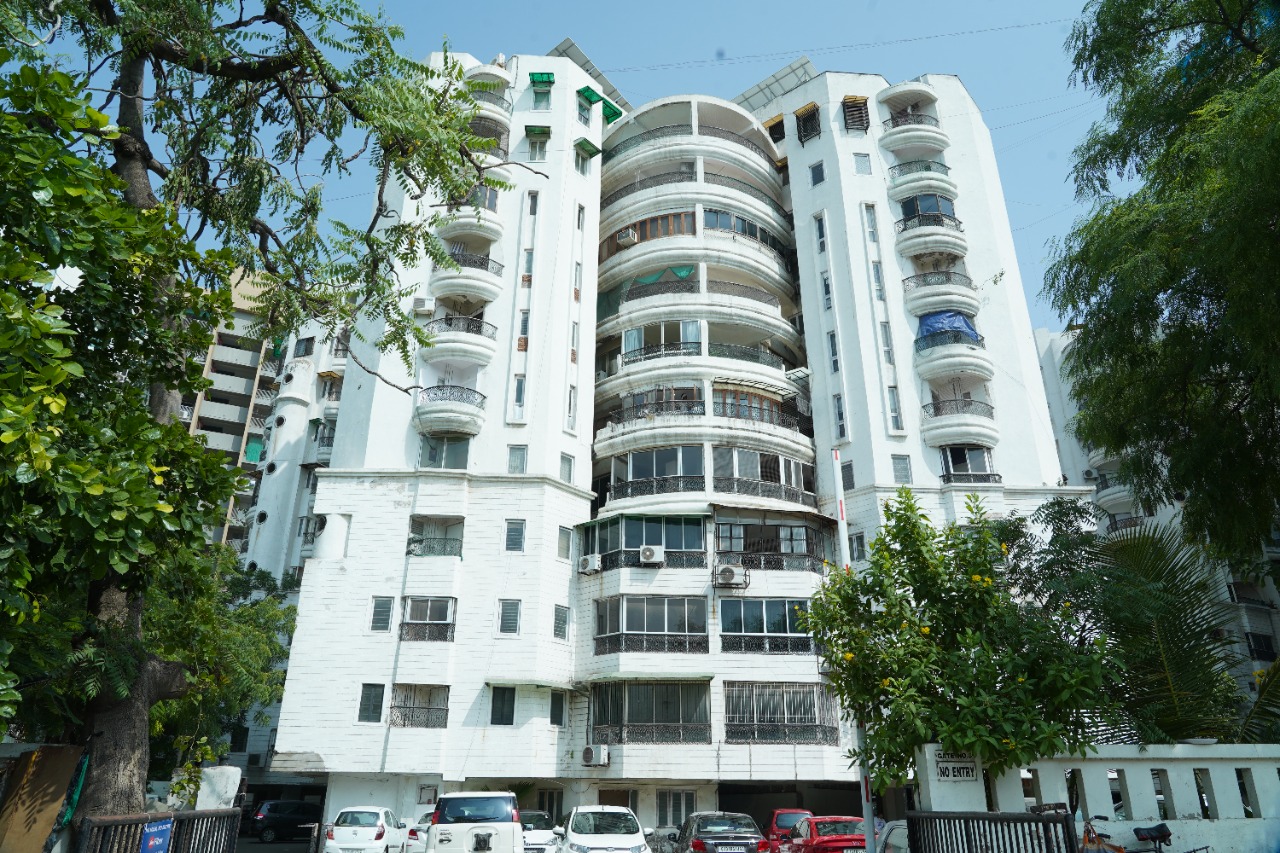Property redevelopment refers to the process of revitalizing an existing property by making significant changes to the structure, design, or use of the property. It can involve demolishing an existing building and constructing a new one, or renovating and repurposing an existing structure.
Property redevelopment can be an attractive option for property owners and developers for several reasons, such as:
- Upgrading outdated or dilapidated buildings and improving their market value.
- Re-purposing underutilized properties to meet the changing needs of the community.
- Creating new opportunities for commercial or residential development in areas with high demand.
- Increasing the overall livability and aesthetics of the surrounding neighborhood.
The process of property redevelopment involves several steps, including:
- Conducting feasibility studies to determine if the project is viable and profitable.
- Obtaining necessary permits and approvals from local authorities and regulatory bodies.
- Developing a detailed plan and budget for the project.
- Demolishing or renovating the existing structure.
- Constructing new buildings or renovating existing ones to meet the new requirements.
- Obtaining necessary certifications and clearances before occupancy.
Property redevelopment requires careful planning and execution, and it can be a complex process. It’s important to engage professionals, such as architects, engineers, and contractors with experience in property redevelopment to ensure that the project is completed on time, within budget, and in compliance with the applicable laws and regulations.
Redevelopment of an old society typically involves the revitalization and renovation of existing structures and infrastructure to meet modern standards and demands. It may involve upgrading the buildings, streets, and public spaces to enhance the quality of life for the residents and attract new businesses and residents to the area.
The first step in the redevelopment process is often a thorough assessment of the existing structures and infrastructure to identify areas in need of repair or replacement. This assessment may also include an analysis of the community’s needs and goals for the redevelopment project.
Once the assessment is complete, a plan is developed that outlines the scope of the project, the timeline for completion, and the budget required. This plan may involve tearing down and rebuilding certain structures, adding new amenities, or upgrading existing infrastructure.
Community engagement is critical during the redevelopment process to ensure that the needs and desires of the residents are taken into account. This may involve town hall meetings, public forums, and surveys to gather input and feedback from the community.
Funding for redevelopment projects may come from a variety of sources, including government grants, private investments, and community fundraising efforts. The success of a redevelopment project often depends on the collaboration and support of multiple stakeholders, including local government officials, community organizations, and private developers. Overall, the goal of old society redevelopment is to create vibrant, sustainable, and resilient communities that meet the needs and aspirations of their residents






